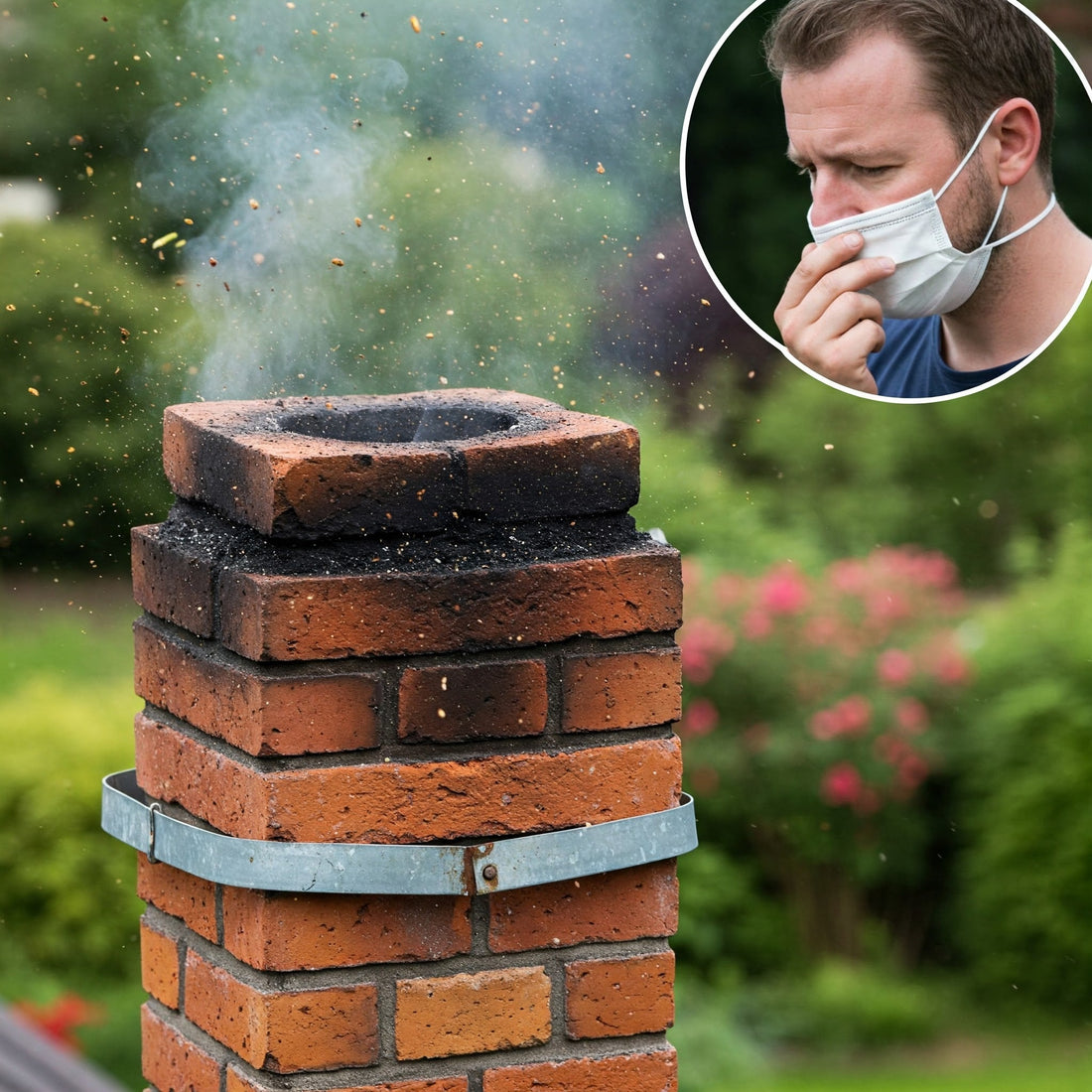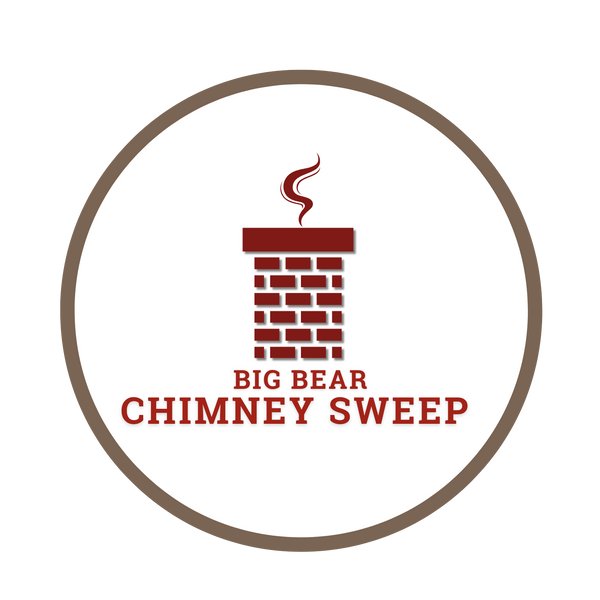
The Role of Chimney Sweeps in Reducing Indoor Allergens
Share
When people think of chimney sweeps, they often picture soot-covered professionals removing built-up creosote from fireplaces. However, their role extends beyond just fire prevention. Chimney sweeps play a crucial part in maintaining indoor air quality and reducing allergens in homes. If you or your family members suffer from allergies, hiring a professional chimney sweep could significantly improve your indoor environment.
How Chimneys Contribute to Indoor Allergens
A neglected chimney can become a breeding ground for various allergens, including:
-
Dust and Debris: Over time, chimneys accumulate dust, dirt, and other airborne particles that can spread throughout the home.
-
Mold and Mildew: Moisture buildup in chimneys due to poor ventilation can lead to mold and mildew growth, triggering allergic reactions.
-
Animal Dander and Droppings: Birds, squirrels, and other critters sometimes nest in chimneys, leaving behind fur, feathers, and waste that contribute to allergens.
-
Pollen: Pollen can enter your chimney through the flue and circulate into your living space, worsening seasonal allergies.
The Role of Professional Chimney Sweeps
Chimney sweeps do more than just clean soot—they help create a healthier living space. Here’s how they reduce indoor allergens:
-
Thorough Cleaning and Debris Removal
Professional chimney sweeps use specialized tools to remove dust, dirt, and creosote buildup. This prevents allergens from being released into your home every time you use your fireplace. -
Mold and Mildew Prevention
Sweeps inspect and clean areas prone to moisture accumulation, reducing the risk of mold growth that can cause respiratory issues. -
Animal Nest and Dander Removal
If animals have nested in your chimney, a sweep can safely remove them and their allergens while recommending preventive measures such as chimney caps. -
Improved Ventilation
A blocked or poorly maintained chimney can trap smoke and other irritants indoors. Regular maintenance ensures proper airflow, reducing exposure to harmful particles.
Tips for Reducing Allergens in Your Chimney
-
Schedule Regular Inspections: Have your chimney inspected and cleaned at least once a year to prevent allergen buildup.
-
Install a Chimney Cap: This prevents animals, debris, and pollen from entering your chimney.
-
Keep Your Fireplace Area Clean: Regularly vacuum and dust around your fireplace to minimize allergen spread.
-
Use Seasoned Firewood: Burning damp or unseasoned wood produces excess smoke and mold spores that can worsen indoor air quality.
Conclusion
A clean chimney is essential for more than just fire safety—it also contributes to a healthier home environment. By investing in regular chimney maintenance, you can significantly reduce allergens and breathe easier. If you experience frequent allergy symptoms at home, consider hiring a professional chimney sweep to improve your indoor air quality. A well-maintained chimney means a cleaner, healthier home for you and your family.
